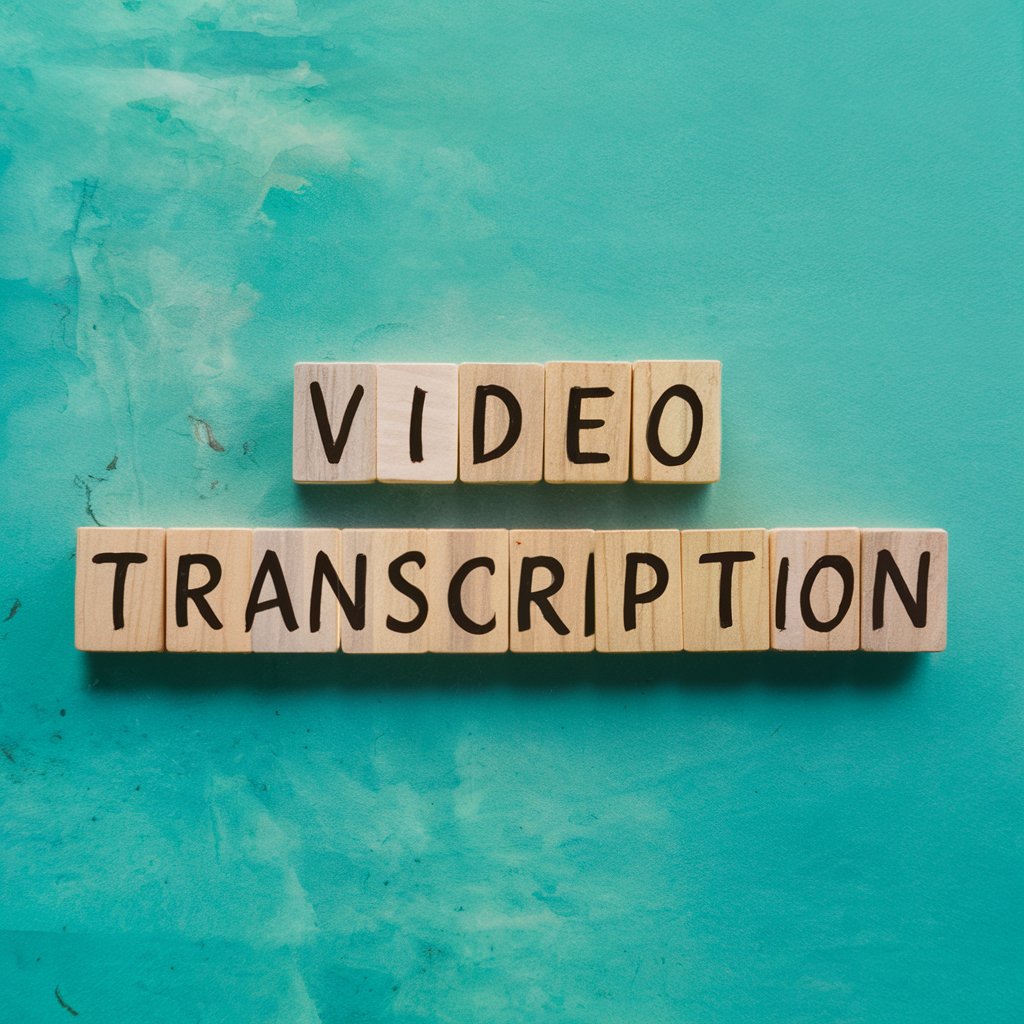Video content has gained popularity on different online platforms in today’s era. Videos offer an immersive experience for viewers spanning media to educational websites. Amidst the rising trend of videos, it’s crucial not to forget about accessibility. Video transcription ensures that information and content are equally accessible to everyone, including those with disabilities. This article will explore the importance of video transcription for ensuring content accessibility.
Enhancing Understanding:
One major advantage of video transcription is its ability to boost comprehension for all viewers, irrespective of their abilities or circumstances. While videos rely on audio and visuals, they can pose challenges for individuals with hearing impairments or language barriers. By transcribing videos, an additional layer of understanding is provided through text that allows everyone to follow along easily. This makes video content more inclusive and accessible, opening up a world of information and entertainment to a wider audience. Learning how to transcribe a YouTube video is a surprisingly simple process, and the benefits are vast.
Enhanced User Experience:
By integrating video transcription into your content strategy, you enhance the user experience. Whether individuals prefer reading over watching or find it more convenient in situations (like noisy environments), having readily available transcripts caters to various preferences and requirements. This inclusive approach fosters increased engagement and cultivates an experience for your audience.
Search Engine Optimization (SEO):
Video transcription enhances accessibility and plays a crucial role in improving search engine optimization (SEO). Search engines rely on written content to understand the context of videos since they cannot directly analyze or “watch” them. By offering transcripts alongside your videos, you provide search engines with information that can boost your visibility in search results. Incorporating keywords from the video into these transcripts can further enhance your rankings on search engines by making them easily accessible.
Legal Compliance and Integration:
Moreover, video transcription is often essential for meeting requirements concerning web accessibility standards such as the Americans with Disabilities Act (ADA). Many organizations are mandated to ensure access to their content and services, making video transcription an aspect of compliance and avoiding any legal issues related to accessibility violations. Lately, the US federal government has made it mandatory for businesses to have ADA & WCAG-compliant websites and digital content. If a website does not adhere to WCAG compliance guidelines & standards, it might invite lawsuits from unsatisfied users or site visitors. It can be an expensive affair. Moreover, an online business may lose crucial business prospects and clients. Therefore, it makes sense to hire specialists like “Accessibility Spark” to implement the latest WCAG 2.1 features into a site.
Apart from addressing compliance matters, video transcription seamlessly integrates with accessibility features such as captions and audio descriptions. When combined with transcripts, these features offer a solution to cater to needs and scenarios. Transcribing videos lays the groundwork for implementing accessibility features that contribute to creating an inclusive environment for all users.
Expanding Reach:
Furthermore, transcribing videos opens up opportunities for reaching audiences across demographics in our increasingly globalized world. Transcribing content not only serves individuals who prefer written materials but also offers opportunities for native speakers and those learning a new language. Transcripts can be translated into languages, broadening your reach to an audience.
Proactive CSR Strategy:
Incorporating measures for accessibility showcases corporate social responsibility (CSR) by promoting inclusivity and diversity within your organization. By transcribing videos from the beginning or as part of your existing content library, you demonstrate a dedication to responsibly providing information to all who interact with your brand or platform.
The Advantages of Video Transcription in Education:
Integrating video transcription into settings benefits both students and educators alike. Adding video transcriptions to courses or e-learning platforms enhances content accessibility for students, including those with learning challenges or English language learners. Transcripts allow students to follow along with the video, reinforcing understanding and memory retention. Moreover, video transcription empowers educators to easily update or repurpose content for use or different courses, saving time and resources while maintaining accessibility.
Utilizing Transcription for Video Marketing to Expand Audience Reach:
In marketing, transcribing videos presents benefits in enhancing communication and connecting with potential clients. By incorporating written transcripts alongside your marketing videos, you offer a means for individuals who prefer reading to engage with your content by watching videos. This diversified approach ensures your message resonates with an audience while catering to preferences. Additionally, transcribed videos can be optimized with keywords to boost their visibility in search results and drive organic traffic to your website or online platform.
Improving Accessibility Through Self-Transcription Tools:
While opting for transcription services is a choice, there are also self-transcription tools available that streamline video transcription tasks effectively. These tools leverage automated speech recognition technology to swiftly and accurately generate transcripts. Self-transcription tools not only save time and resources but also empower content creators and small businesses on tight budgets to make their videos accessible without extra costs. Nevertheless, it’s crucial to acknowledge the limitations of these tools as they may not offer the precision of transcribers.
Closing Thoughts:
In today’s landscape, where video content popularity is rapidly escalating, it’s essential not to underestimate the significance of accessibility. Transcribing videos is essential for making content more accessible to all, aiding in understanding and enhancing user experience in noisy places, improving SEO efforts, complying with legal requirements, reaching diverse audiences and languages, and showcasing a commitment to inclusive corporate social responsibility.






